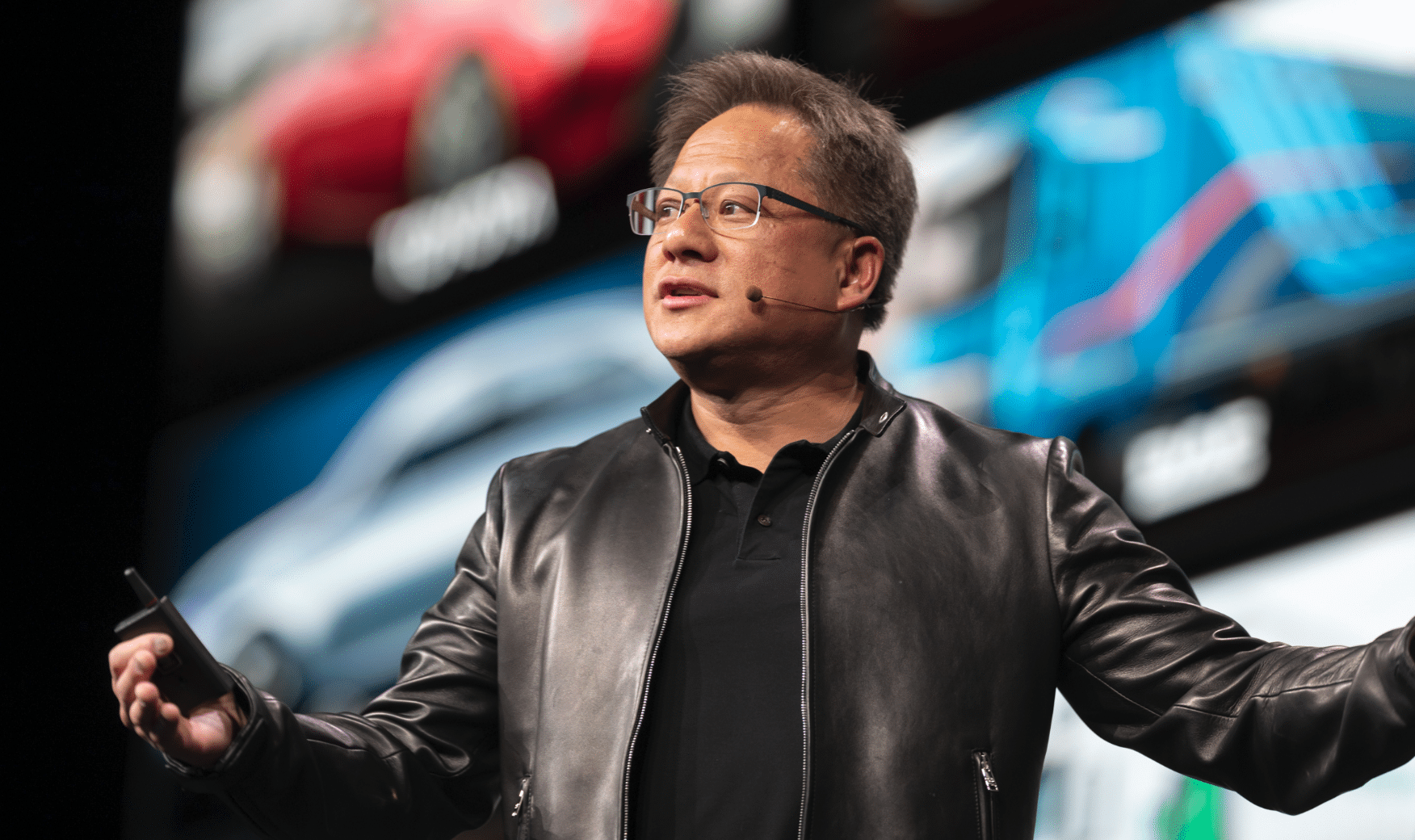Nvidia has reported its first-quarter results for fiscal 2025, exceeding Wall Street’s expectations on both revenue and earnings. The tech giant also revealed a 10-for-1 stock split and announced an increase in its dividend. For Q1, Nvidia’s revenue surged by an impressive 262%, reaching $26.0 billion. The Data Center unit was the primary driver of this growth, with revenue skyrocketing 427% year-over-year to $22.6 billion. In a recent analyst call, Jensen Wong, CEO of Nvidia, discussed the company’s upcoming next-generation chip, Blackwell, and its implications for the future of AI and data processing.
Blackwell’s Introduction and Revenue Projections
Blackwell, Nvidia’s latest chip, is set to ship this year, with significant revenue expected from its sales. During a recent earnings call, Wong hinted at Blackwell’s higher price point compared to the current Hopper series. This new chip is designed to handle trillion-parameter AI models, addressing the exponential growth in model sizes, which double every six months, and the accompanying increase in data processing needs.
AI and Generative Inference
Blackwell represents a significant advancement in AI technology. It is specifically designed for large AI models and excels in generative AI tasks, which require advanced inferencing capabilities. Wong explained that generative AI involves not just recognizing information but generating new content—whether it’s text, images, or other forms of data. This shift from traditional inferencing to generative tasks has made the process much more complex and performance-intensive.
Versatility and Integration
One of Blackwell’s standout features is its versatility. It can be integrated into various data center environments, supporting both air and liquid cooling systems, as well as different processor types, including Nvidia’s new Grace Blackwell superchip. This adaptability extends to network architectures, as Blackwell supports both Infiniband and Ethernet data centers, broadening its deployment possibilities compared to the Hopper generation.
Competitive Landscape and Nvidia’s Position
Addressing concerns about competition from in-house processors developed by tech giants like Microsoft, Google, and Amazon, Wong emphasized Nvidia’s competitive advantage. Despite the complexity of modern inferencing, Nvidia’s architecture remains highly versatile and capable of handling diverse AI models. This has cemented Nvidia’s dominant position in the inferencing market, a trend Wong expects to continue.
Supply Constraints and Demand
Wong acknowledged the supply constraints for both Hopper and Blackwell chips, driven by surging demand. He highlighted that Nvidia’s products are not just GPU chips but comprehensive AI factories comprising CPUs, GPUs, complex memory systems, and extensive software support. These AI factories are designed as holistic units but can be disaggregated to fit various data center architectures, reflecting the complexity and high demand for Nvidia’s technology.
Expanding AI Applications
Nvidia’s reach extends beyond traditional cloud providers into diverse industries. Wong cited examples such as Meta’s investment in large language models and Tesla’s advancements in autonomous driving, which rely heavily on generative AI. He also mentioned startups like Recursion, which uses AI for drug discovery by generating molecular structures.
Automotive Industry Impact
The automotive sector has emerged as a significant market for Nvidia’s data center solutions. Wong noted that while Tesla leads in autonomous driving, other automakers are also integrating AI to enhance vehicle safety, convenience, and enjoyment. The shift towards learning from video data, rather than labeled images, represents a major technological advancement, requiring substantial computational power to process the vast amounts of video data.
Future Outlook
Looking ahead, Wong envisions continued growth in AI demand across various sectors. The need for multimodal AI training capabilities, which integrate different types of data such as text and video, will drive significant computing demands. This trend underscores the importance of Nvidia’s ongoing innovation and development in AI technologies.
In conclusion, Blackwell represents a monumental leap in AI processing, with its versatility, advanced inferencing capabilities, and integration into diverse data center environments positioning Nvidia at the forefront of AI innovation. As AI applications expand across industries, Nvidia’s technology will play a crucial role in shaping the future of AI and data processing.


